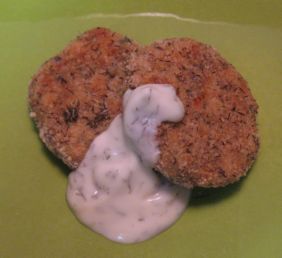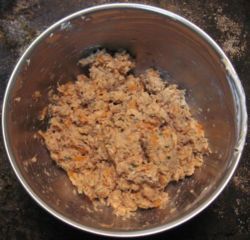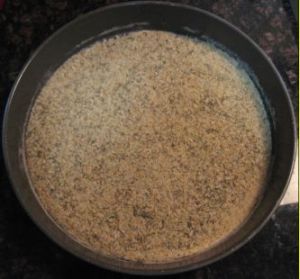Listed below I have created a list of common mistakes dog owners make
Dog Owner Training -101
Inconsistent training, is the number one reason for bad mannered dogs. If a dog is not well trained it is the responsibility lies on you. Some dogs and breeds will learn faster than others, love, patients and consistency are the most important tools you can use.
10 Common Mistakes New Pet Owners Make
1. No Training Classes: A lot of new dog owners think if they just repeat a word several times their puppy will just understand what you want and do it. When they don't do what we are asking, we get frustrated, angry and think we have a dumb dog.
It is highly recommended that you take a basic puppy/dog training class to learn basic manners for a well behaved dog.
Click here for Diamond Dog Training, private in home training.
2. Poor Diet. Diet and exercise are just as important for your dogs as it is for people.
Feeding your dog a low quality food will lead to health problems down the line. Most dog foods that are sold in your local grocery store are a low quality food. They are the equivalent of feeding your dog McDonald's everyday.
Common health issues related to poor diets are; diabetes, heart disease, overweight, hip dysplasia, tooth and gum disease and arthritis, just to name a few.
It's important to educated yourself before heading to the pet store. Do your research on the web, use Google to search "Best quality dog foods", read other pet owners opinion's are a few ways you can find out what is best for your dog.
3. Choosing the Wrong Breed. A lot of people decide on a breed of dog just because of the way they look, how cute they are or by their impressive size. Choosing a dog on these reasons alone in 75% of the cases the dog will be surrendered to an animal shelter or given away.
DON'T EVER BUY A DOG ON IMPULSE! I cannot stress this point strong enough.
When you decide you want to get a puppy or rescue a dog from a shelter, first look at why you want a dog; is it for companionship, protection, a running partner or a loyal friend to be by your side. Research the breeds that fit your expectations and lifestyle. In other words if you very active and love to run and bike, do not get a Shih Tzu or Great Dane as these breeds are not big on exercise. A Husky, Lab or a German Pointer may be a better fit.
Do your research. Getting a puppy or dog is a big commitment and comes with a lot of responsibilities, be sure you are ready for this.
4. Lack of Exercise:
Your lifestyle; if you work for 8-12 hours per day, 5 days a week, can you afford a dog sitter or dog walker. A puppy should never be crated longer then 2-4 as they cannot hold their bladders hour for to long. Will you hire a dog walker or pet sitter? Dogs who are crated all day will be bored, anxious and do not get the exercise they need.
Again, depending on the breed of your dog will determine the type of exercising needed. Small dogs do not need long walks or need to be run. However, larger dogs, working dogs, herding dogs, etc.. need more vigorous exercising. Dog parks where they can run full out, jogging/biking with you, min 1 hour walks.
Not spending enough quality time with your dog. It’s so easy to please your dog. His needs are simple. Take the time to take him for a walk, throw him the ball, take him for a ride or just cuddle with him. It will do you both good.
Researching the breed will let you know what daily exercise is required for that breed. A tired dog is a happy dog.
Click here to read "Exercising Your Pet’s Body and Mind"
5. Yearly Visits to the Vets: When we get a puppy, we know they have to go to vet to get their required needles, de-worming, etc. However, a lot of us after the first year do not take our dogs to the Vets for yearly check-ups. A lot of pet owners only take their dog to the Vets when something they are sick or injured.
It is very important to take your dog to the Vets for a yearly check-up. Check-ups will ensure your dog is healthy and doing well. Since our dogs cannot speak to us, at times there are serious health issues but we did not notice them until it was to late. Early detection of anything is so important and will save you thousands of dollars in the end.
Click here to read "Over-Vaccination - Dog Owners Beware"
6. Human Food: NEVER give you puppy or dog human food. Although, we think we are doing something nice for our dog, giving your dog human food will only lead to begging, stealing food, garbage and counter surfing and a host of other problems. Also, remember a lot of human food is bad and sometimes dangerous and or fatal to your dogs.
Click here to read a List of Dangerous Foods for Dogs.
7. No Pet Identification Tags: New pet owners think their dogs will always be with them, they don't let them out by themselves, why does my dog need a tag. This inexpensive thing can be the difference between your dog being returned to you safely or ending up in a shelter and adopted out to a new family. Don’t skip this step and make sure your dog’s tags are always up to date.
8. No Pet Health Insurance. It can be heartbreaking if you’re unable to give your dog medical treatment because of finances. Insurance can make sure your dog will always receive the care he needs without breaking your bank account.
9. Proper Grooming for your Breed: Good hygiene is just as important for your dog as it is for us. Even short hair dogs need attention. Make sure you bath them regularly, cut their nails, and check their ears and skin. Long haired dogs require far more grooming. If you are not able to do the daily and monthly grooming that is needed for long haired dogs, make sure you find a good and reputable Dog Groomer. If daily brushing and eye cleaning is not for you, consider a breed that does not require as much daily maintenance. A matted dog is an unhappy dog.
Click here to read "How to Groom Shih Tzu Dogs"
10. Not spaying or neutering: Thousands of pets are euthanized every day due to pet overpopulation. Spaying or neutering your dog can help prevent homelessness, cruelty, suffering and death.
Okay, your dog owner training is complete. Congratulations on being a responsible dog owner.
Remember, do your research, don't impulse buy and most important make sure you have the time.

/










.JPG)



.jpg)
.jpg)
.jpg)










